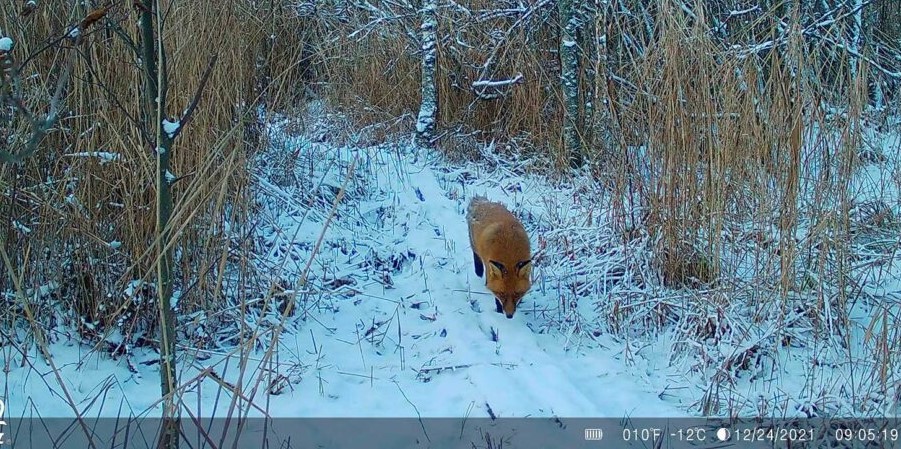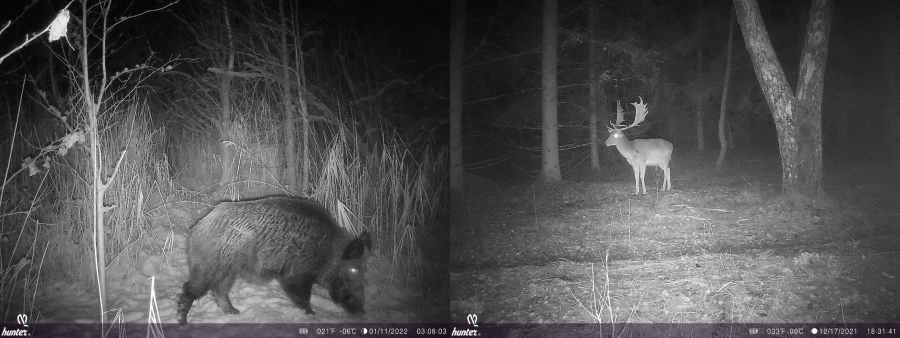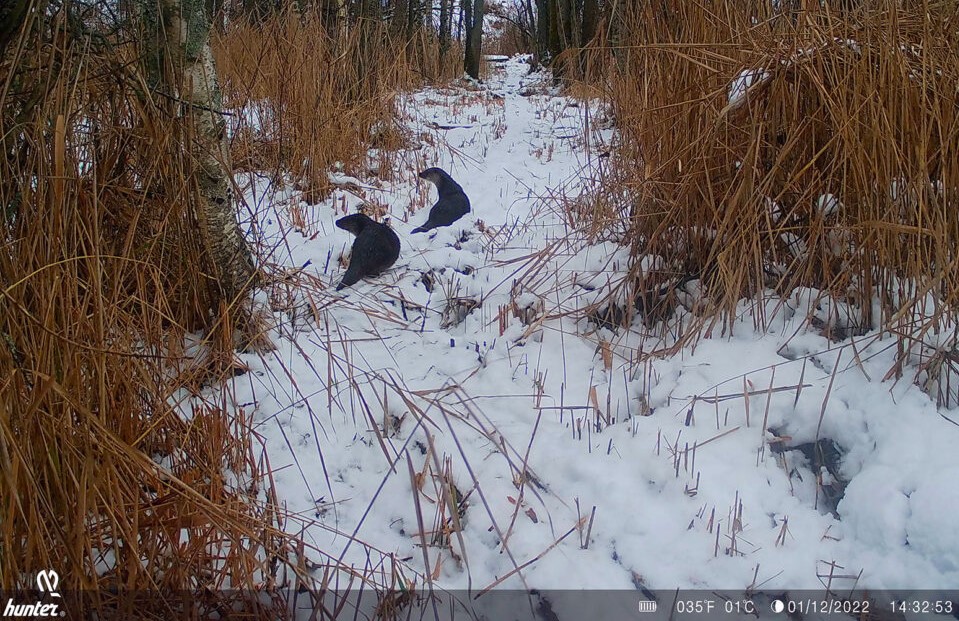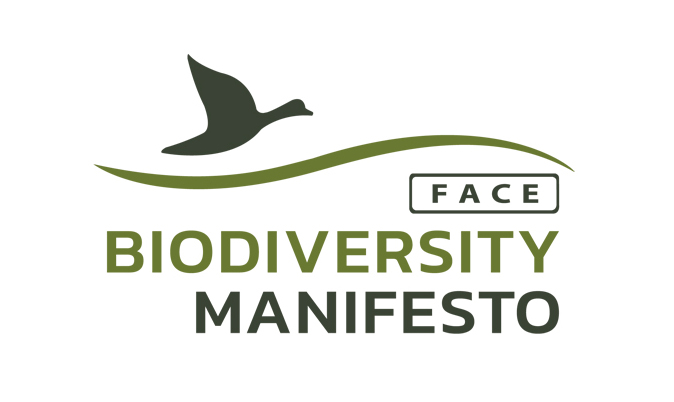
29 Apr 2022 Swedish Viltbild – The future of wildlife monitoring
The Swedish Association for Hunting and Wildlife Management (SJF) and the Swedish University of Agricultural Sciences (SLU) are now collaborating to develop Viltbild, a platform for collecting and analysing images from camera traps.
Policy Relevance:
Wildlife monitoring is the foundation to all wildlife management and policies. Viltbild now adds a new dimension for environmental monitoring by creating a portal for collecting and analysing camera-trap images of Swedish wildlife. The Viltbild data are then used by the Swedish government, which in turn use it for EU-level reporting.
This national inventory data on species can aid all future wildlife policy to be as accurate as possible. These data can also help in tackling future ecological challenges such as invasive alien species (IAS) and climate change.

The platform will be ready for use in 2024. Already several different organisations and authorities have shown interest in the platform.
As early as 2019, SJF and SLU made a declaration of intent to work together with new technology in wildlife monitoring. Now we take the next step together and create a platform for coordination and analysis of camera trap images.
“Changes in the regulations of camera trap use and the technical developments gives us great opportunities to obtain new unique knowledge about our wild animals which will be used in the management of wildlife populations. At the same time, creating a user-friendly platform will create great value for our members” says Lennart Johannesson, member of the federal board and responsible for, among other things, digital development.
Filip Ånöstam is responsible for the SJF to produce Viltbild, he also sees great opportunities with the technical development in the area.
“We have many thoughts and ideas on functionalities in the platform to facilitate the use of camera traps and make the images end up in a larger context, it can for example be about artificial intelligence and smart feedback to the user. Now it’s just a matter of getting everything in place” says Filip.
Viltbild will be a useful tool in addressing several, current ecological challenges such as monitoring, detection and the tackling of wildlife disease outbreaks or IAS. Viltbild will help game managers to make management plans aimed at balancing wildlife populations with the natural resources for biodiversity purposes. The platform will also facilitate and improve the national inventory of large predators and the management of other game species.
“The platform will provide completely new opportunities to monitor changes in the populations of, for example, wild boar and red deer” says Fredrik Widemo, one of the wildlife researchers at SLU who will work within the project. This is something that is in principle demanded by all actors today.
Source: Filip Ånöstam, Swedish Association for Hunting and Wildlife Management


The FACE Biodiversity Manifesto shows how hunters benefit nature conservation across Europe. It is a substantial database of over 470 hunting-related conservation projects. We now have strong evidence to show how hunters successfully implement the EU Biodiversity Strategy for 2030 and make a crucial contribution to habitats restoration, protected areas, species monitoring and much more.
Submit your Project!
Every month FACE choses a hunting-related conservation project in Europe as its project of the month. These projects highlight some of the many great initiatives hunters are undertaking to preserve biodiversity.
For further information on the Biodiversity Manifesto, please contact bob.groome@face.eu or visit www.biodiversitymanifesto.com

